T is wise to learn; tis godlike to create! John Godfrey Saxe | The Psychobiology of Creativity |
T he call for creativity strikes fear in some while arousing enthusiasm in others. Why? This chapter addresses that question, based on the current state of research on creativity.
Teresa Amabile, a leading researcher in creativity, has defined creativity conceptually as follows (1983, p. 33): A product or response will be judged as creative to the extent that (a) it is both a novel and appropriate, useful, correct or valuable response to the task at hand, and (b) the task is heuristic rather than algorithmic (see topic 26.4). She then identifies three criteria for distinguishing more creative contributions from less creative ones: (1) novelty (we havent seen or heard this before), (2) relevance (it relates to satisfying the need that originally prompted the contribution), and (3) spontaneity (the contributor didnt use a formula to mechanically come up with the contribution).
Margaret Boden (1990), thinking in parallel with Amabile, distinguishes between psychological creativity and historical creativity. The first is merely something new for the individual doing the creating; the second is something new for humanity. To quote Boden: A merely novel idea is one which can be described and/or produced by the same set of generative rules as are other, familiar ideas. A genuinely original, or creative, idea is one which cannot (p. 40). Robert Sternberg (in Review of General Psychology, Vol. 3, No. 2, 1999, pp. 83100) expands on the nature of relevance by specifying seven different ways that a creative act can relate to the tradition of an ongoing domain:
1. Conceptual replication, in which one attempts to repeat an earlier study to determine whether its results were a fluke or are here to stay.
2. Redefinition, in which one finds a new meaning or application for an established entity.
3. Forward incrementation, in which one takes an established paradigm to a higher level.
4. Advance forward incrementation, in which one takes an established paradigm to a level higher than its advocates are willing to take it.
5. Redirection, in which one builds on previous work, but in a different direction.
6. Reconstruction and redirection, in which one takes a defunct entity, resurrects it, modernizes it, and claims that it still has value.
7. Re-initiation, in which one approaches something in a radically different way and direction from current practice.
Sternberg points out that the first three tend to be nonthreatening and are relatively easy to accept, whereas the last four tend to be resisted because they threaten those currently at work in the field.
How do we know whether or not a contribution possesses novelty, relevance, and spontaneity? Amabile (1983, p. 31) proposes a consensual definition: A product or response is creative to the extent that appropriate observers independently agree it is creative. Appropriate observers are those familiar with the domain in which the product was created or the response articulated. Her definition reflects Aristotles comment in the Rhetoric that he cant tell how to make good art; he can only describe the art that observers over the ages have agreed upon as good.
Application
 The merely novel is often represented to us as being creative. Novelty by itself, however, is an insufficient basis on which to judge something as being creative. Novelty without relevance falls somewhere between whimsy and the psychotic. Novelty without spontaneity is tiresomely formulaic; it leads viewers to respond, I could have done that myselffor example, after seeing a painting with a repeating pattern of colors and squares or hearing a 12-tone-row composition. The classic example of nonspontaneous art is painting by the numbers. Stress the necessity for all three elementsnovelty, relevance, and spontanietyeither in your own creative processes or in those of your students, co-workers, and children.
The merely novel is often represented to us as being creative. Novelty by itself, however, is an insufficient basis on which to judge something as being creative. Novelty without relevance falls somewhere between whimsy and the psychotic. Novelty without spontaneity is tiresomely formulaic; it leads viewers to respond, I could have done that myselffor example, after seeing a painting with a repeating pattern of colors and squares or hearing a 12-tone-row composition. The classic example of nonspontaneous art is painting by the numbers. Stress the necessity for all three elementsnovelty, relevance, and spontanietyeither in your own creative processes or in those of your students, co-workers, and children.
Amabile (1983) identifies three components of creativity in individuals: domain-relevant skills, creativity-relevant skills, and task motivation. These three components must all be present for an individual to be fully creative.
To have domain-relevant skills, the individual must possess the knowledge, technical skills, and special talents peculiar to the domain in which he wishes to be creative. Without this, it may be easy to create novel and spontaneous contributions, but relevance will be, at best, random. The presence of these skills depends on innate logical ability and information-processing skills, as well as on formal and informal education. Amabile defines a talent as a skill in which an individual has an apparently natural ability. Thus, someone can play the piano technically well but have no talent for it, leaving listeners less than impressed. Or a person can master the technical side of a welding process but, without a talent for it, can be frustratingly error-prone. This definition of talent fits well with Gardners definition of the eight domains of intelligence (summarized in topic 29.4).
Amabile identifies three groups of creativity-relevant skills:
1. Cognitive style. This area includes the ability and willingness to break perceptual sets (as opposed to functional fixedness), be comfortable with complexity, hold options open and not push for closure, suspend judgment rather than reacting to things as good or bad, be comfortable with wider categories, develop an accurate memory, abandon or suspend performance scripts, and see things differently from others.
2. Knowledge of heuristics. Heuristics are insightful tips for coming up with new ideas (for a more detailed treatment of heuristics, see topic 26.4). Probably the most famous heuristic comes out of the neurolinguistic programming literature: If what youre doing is not working, try something different. This is based on the axiom If you always do what youve always done, youll always get what youve always gotten. A dated but highly effective introduction to heuristics is Zuce Kogans Essentials in Problem Solving (1956). Also full of insightful tips are Adams (1980), Bandler and Grinder (1982), de Bono (1967), M. Fisher (1981), P. Goldberg (1983), and von Oech (1983).
3. Work style. A positive work style consists of the ability to sustain long periods of concentration, the ability to abandon nonproductive approaches, persistence during difficulty, a high energy level, and a willingness to work hard.
Amabile finds that two prerequisites determine our level of performance in these three areas of creativity-relevant skills: experience and personality traits. Experience in generating ideas in and out of the classroom contributes heavily to a persons creativity. You cant do it unless youve done it! Among the personality traits critical to creativity-relevant skills are
Self-discipline
Delay of gratification
Perseverance
Independent judgment
Tolerance for ambiguity
Autonomy
Absence of sex-role stereotyping
Internal locus of control (seeing self as responsible for ones own fate)
Willingness to take risks
Ability to be a self-starter
Absence of conformity to social pressure
Amabile has found that the creative personality must also have task motivation, or a positive attitude toward the taskthat is, she must want to do it. An unwillingness to do a task results in measurably lower creativity, using the standards of novelty, relevance, and spontaneity. Research has also conclusively demonstrated that internal motivation is a prerequisite for creative behavior. Internal motivation (doing something because we want to) produces greater novelty, domain relevance, and spontaneity than external motivation (doing something because a boss, spouse, or teacher wants us to). If we perceive that we are doing something because we want to, even if another person wants it also, then creativity is enhanced. The highest creativity occurs when we discover the need for a creative response ourselves and choose to contribute independent of any possible external constraints. When external constraints, such as deadlines, rewards, or punishers, are imposed on a personally desirable task, creativity can still flourish if we are able to cognitively minimize the constraints. When we are unable to forget about them, creativity suffers.
Next page

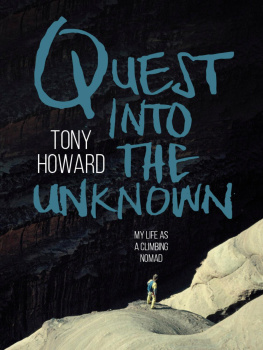





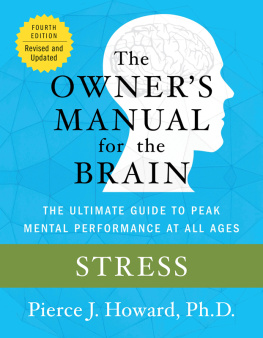
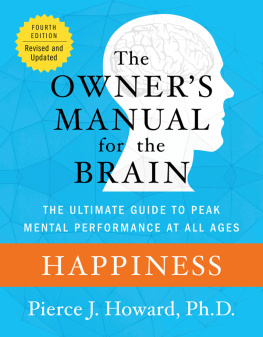


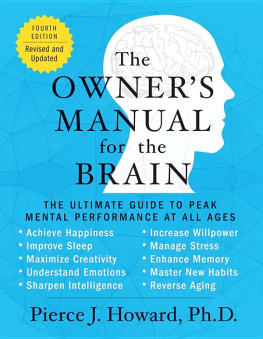
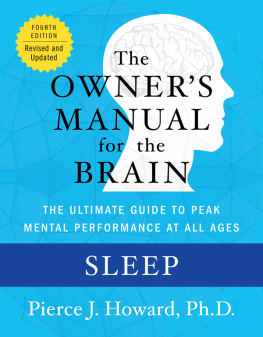

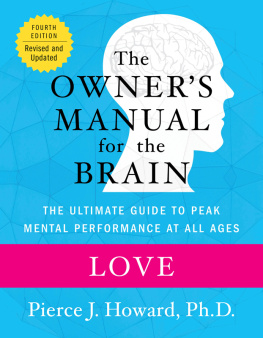
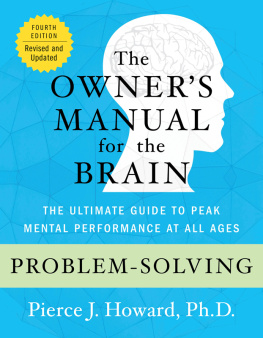

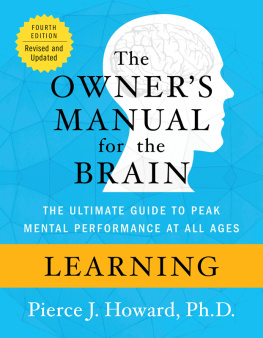

 The merely novel is often represented to us as being creative. Novelty by itself, however, is an insufficient basis on which to judge something as being creative. Novelty without relevance falls somewhere between whimsy and the psychotic. Novelty without spontaneity is tiresomely formulaic; it leads viewers to respond, I could have done that myselffor example, after seeing a painting with a repeating pattern of colors and squares or hearing a 12-tone-row composition. The classic example of nonspontaneous art is painting by the numbers. Stress the necessity for all three elementsnovelty, relevance, and spontanietyeither in your own creative processes or in those of your students, co-workers, and children.
The merely novel is often represented to us as being creative. Novelty by itself, however, is an insufficient basis on which to judge something as being creative. Novelty without relevance falls somewhere between whimsy and the psychotic. Novelty without spontaneity is tiresomely formulaic; it leads viewers to respond, I could have done that myselffor example, after seeing a painting with a repeating pattern of colors and squares or hearing a 12-tone-row composition. The classic example of nonspontaneous art is painting by the numbers. Stress the necessity for all three elementsnovelty, relevance, and spontanietyeither in your own creative processes or in those of your students, co-workers, and children.